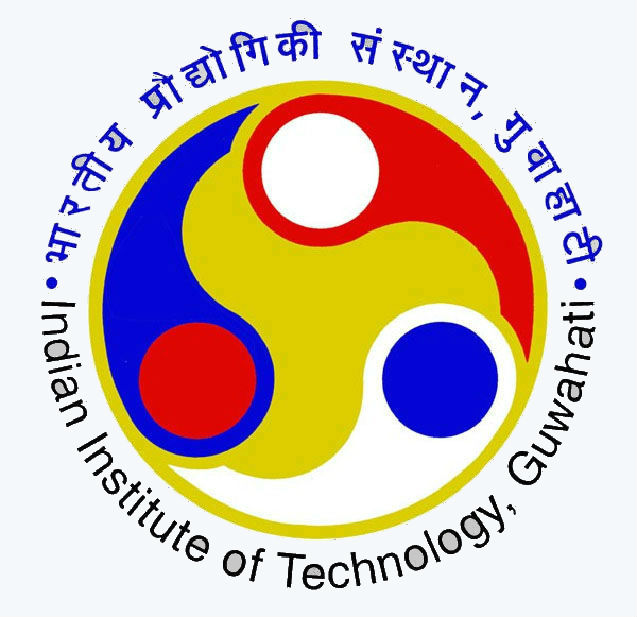Shakshat Virtual Lab 
INDIAN INSTITUTE OF TECHNOLOGY GUWAHATI
INTRODUCTION :
Equilibrium is a static condition in which no changes occur in the macroscopic properties of a system with time.Vapor liquid Equilibrium is a condition where a liquid and its vapor are in equilibrium with each other, a condition or state where the rate of evaporation is equal to the rate of condensation one a molecular level such that there is no overall vapor liquid inter-conversion.
In theory equilibrium takes forever to reach, such an equilibrium is practically reached in a relatively closed location if a liquid and its vapor are allowed to stand in contact with each other long enough with no interference or only gradual interference from the outside.
Relative volatility ( a ) is a measure comparing the vapor pressures of the components in a liquid mixture of chemicals. When the volatilities of both key components are equal, a = 1 and separation would be impossible under the given conditions because the compositions of the liquid and the vapor phase are the same (azeotrope).As the value of a increases above 1, separation becomes progressively easier.
Fig 1.1 EXPERIMENTAL SETUP
VLE EXPERIMENTAL SETUP:
The setup consists of a round bottom flask,a condenser,a thermocouple ,two water streams,a heater and a conical flask.
A mixture of benzene and toluene is prepared and put into the flask. Then the power is supplied and the mixture begins to boil.
After some time equilibrium is reached, this is marked by steady temperature in both the phases.
Samples of condensed vapor and liquid are taken. To calculate the composition we need to measure the refractive index of the sample.
In an experiment since vapor and liquid composition changes dynamically we need to measure until they reach vapor liquid equilibrium. For such a measurement, physical properties (such as refractive index) can be explored and related to the composition of a liquid.
Now we first prepare a calibration chart that depicts the variation of refractive index with composition
Fig 1.2 ANIMATION OF THE EXPERIMENTAL SETUP